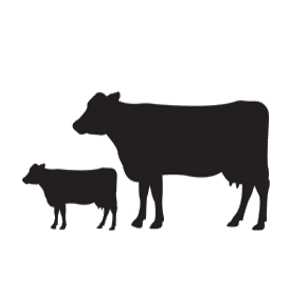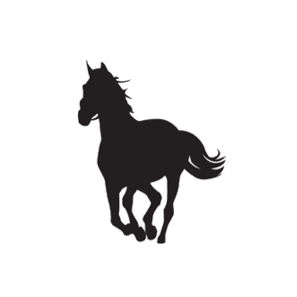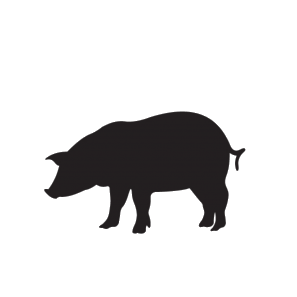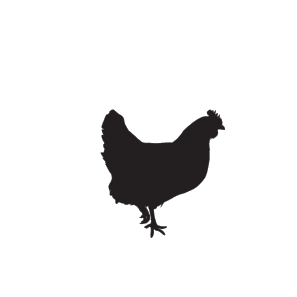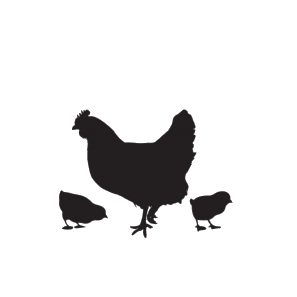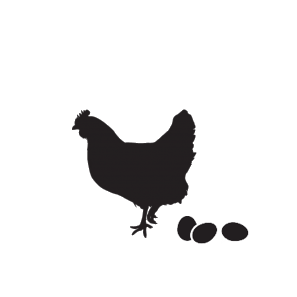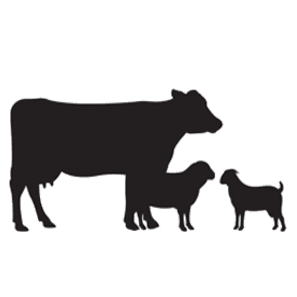Contrary to popular opinion, the colour of an egg’s yolk does not indicate how nutritional the egg is. The golden colour of the yolk is actually determined by the diet the chicken is fed!
The yolk colour can vary from very pale, almost white in colour, to a deep golden yellow. It’s mostly because of consumer preference that eggs these days are the buttery colour we have come to expect.
The pigments picked up from the feed as the chicken pecks away is transferred directly to the ovaries as it is busy forming the yolks. This means that hens fed a colourless, non-pigmented feed like barley or sorghum will have pale yolks, in contrast to hens fed a diet of grain that is higher in pigments like yellow maize which will have a much more yellow-coloured yolk.
Have you ever cracked open an egg to find a deep orange colour? The hen probably had a diet high in Lucerne or synthetic colourants.
The variance of a yolk’s colour ranges from 1 to 15, with 1 being almost white and 15 being orange.
Other influences can also have an impact on the colour of the yolk, like the feed intake, the amount of daylight the bird is exposed to, the type of fats in the diet, the health of the bird as well as mycotoxins and antinutrients in the feed.
-
Feed intake:
If the bird is exposed to high temperatures, humidity or has a lack of fresh water, the voluntary feed intake will decrease. This has a direct impact on the yolk, meaning that the colour moves closer to 1.
-
Exposure to daylight
It has been shown that birds exposed to longer periods of daylight have a higher score on the colour chart than caged birds or birds that only have exposure to artificial light. This is possibly because the metabolism of pigmentation in the feed is increased during periods of exposure to sunlight.
-
Mycotoxins
Mycotoxins are toxic substances produced by micro-organisms, or fungi, that can be commonly found in feed if feed-security is not upheld. These are harmful and potentially lethal to animals and humans that consume them and interfere with the metabolism in the gut. What this means for chickens is that if mycotoxins are ingested, the absorption of pigmentation and the metabolism thereof is hampered. The colour of the yolk will drop towards 1.
-
Type of fat in the diet
There is a certain amount of fat found in every diet, including that of poultry. This can be either a good quality or a poor quality fat. Poor quality fats have a higher chance of oxidising – going bad – than good quality fats. Feed stored at a high temperature or in an incorrect manner, therefore, have a higher chance of oxidising. This oxidation of the feed will cause it to lose pigmentation.
What to feed your poultry to achieve the desired colour:
White/colourless – white maize
Pale yellow – Wheat, barley, sorghum
Medium yellow – yellow maize
Deep yellow – Kale, greens, Lucerne
Orange to red – Carrots, tomatoes, red pepper




